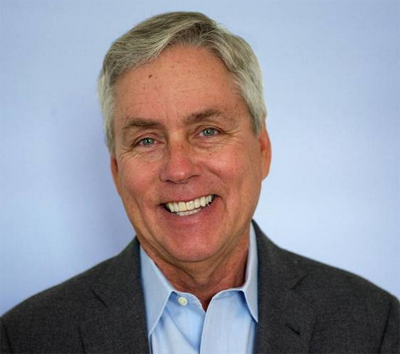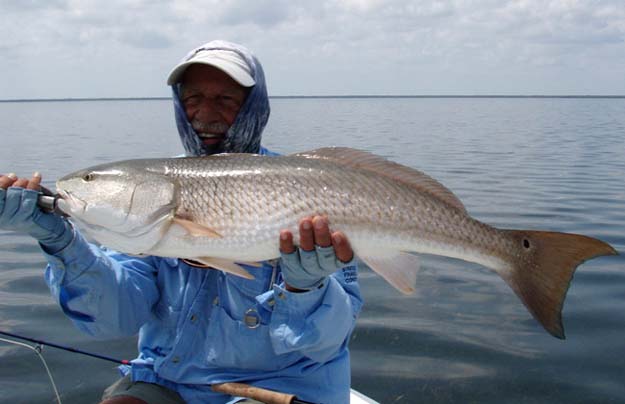
Carl Hiaasen: For his journalism and commentary, Hiaasen has received numerous honors, including the Damon Runyon Award from the Denver Press Club and the Lifetime Achievement Award from the National Society of Newspaper Columnists.
His nonfiction work has appeared in many magazines, including Sports Illustrated, Playboy, Time, Esquire and, most improbably, Gourmet.
One of Hiaasen’s most well-known novels, Strip Tease, was turned into a major motion picture.
By Carl Hiaasen / May 2017 / Miami Herald
[dropcap]C[/dropcap]autious praise for the compromise passage of Senate Bill 10 is deserved. Celebration would be foolish.
The fractured Florida Legislature has agreed to fund a deep reservoir for holding polluted discharges from Lake Okeechobee, with the aim of sparing coastal communities from tourism-killing algae blooms and fish kills.
The $1.6 billion reservoir won’t be as big as the one sought by Senate President Joe Negron, but it would be big enough to make a difference. And it’s way better than nothing, which is what lawmakers in the House were poised to do.
SB 10 calls for the reservoir to be built mostly on state-owned land south of the Everglades Agricultural Area. It would hold about 78 billion gallons of water that would turn over a few times a year — a total substantially less than what’s dumped from Lake O during heavy rainy seasons.
But, again, a 14,460-acre reservoir is better than no reservoir
The project is many years from getting done — and more challenging than simply digging a giant hole in the ground. In theory, it would cleanse the dirty lake water before sending it south to the Everglades, but first, the lake water needs a dedicated route through the farm fields to the reservoir.
Both the U.S. Army Corps of Engineers and the South Florida Water Management District must agree on a construction plan, and neither agency is famous for moving at warp speed.
The state would pay half the proposed cost of the reservoir, borrowing $800 million, while the rest is supposed to come from the federal government. That means Congress, perpetually in budget turmoil, must approve the project.
Floridians should be wary of getting their hopes up. While state polls show overwhelming public support for land and water conservation, Tallahassee has shown overwhelming indifference.
This year not a single dollar has been budgeted for Florida Forever, a land-preservation program signed into law by Gov. Jeb Bush in 1999 with bipartisan support.
Later generations of legislators have been stripping Florida Forever year by year. Originally funded at $300 million annually, the program shriveled to a pitiful $15.1 million in 2016
One of the bill’s original sponsors was Rep. Lee Constantine, a longtime pro-business Republican. Now a Seminole County commissioner, Constantine recently wrote a guest column in the Orlando Sentinel pleading with the GOP-controlled Legislature to make Florida Forever a priority again.
“No one ever moved to Florida because we have the best strip malls,” Constantine noted. “It’s the idea of living in a perceived paradise with beautiful rivers, springs, beaches, and precious green spaces.”
Last week the House passed legislation that would progressively hike funding for Florida Forever through 2035, beginning next year. The sponsor, State Rep. Matt Caldwell of Fort Myers, wants 40 percent of the money spent on the Rural and Family Lands Protection Program, which pays agricultural owners not to develop their land.
As of this writing, the state Senate hasn’t taken up the Caldwell bill, but it did agree to provide money this year for the rural lands program.
Florida Forever? More like Florida Never after Legislature spends nothing on program
Paying ranchers and farmers not to sell to developers is one way of saving green space from disappearing under concrete, but it’s not as permanent as buying critical lands outright.
That was the ambitious mission of Amendment 1, which you probably remember. It was approved in 2014 by a mere 75 percent of Florida voters.
For 20 years the state was supposed to use 33 percent of documentary-stamp taxes on real-estate transactions — $700 million to $900 million annually — to “acquire, restore, improve, and manage conservation lands” such as wetlands, forests and wildlife habitat.
Specific attention was to be paid to protecting the water quality of rivers, streams, beaches, and lakes, presumably including that huge one named Okeechobee.
What happened to all that money? Excellent question
With a casual disdain for the words on the ballot and the will of the voters . . . Read More
NOTE: Featured Image is a client of Capt. Dave Hunt‘s with an Everglades National Park red. Photo Dave Hunt.
About Carl Hiaasen
Carl Hiaasen joined the Herald in 1976 and worked as a general assignment reporter, magazine writer and investigative reporter before starting his column in 1985.







